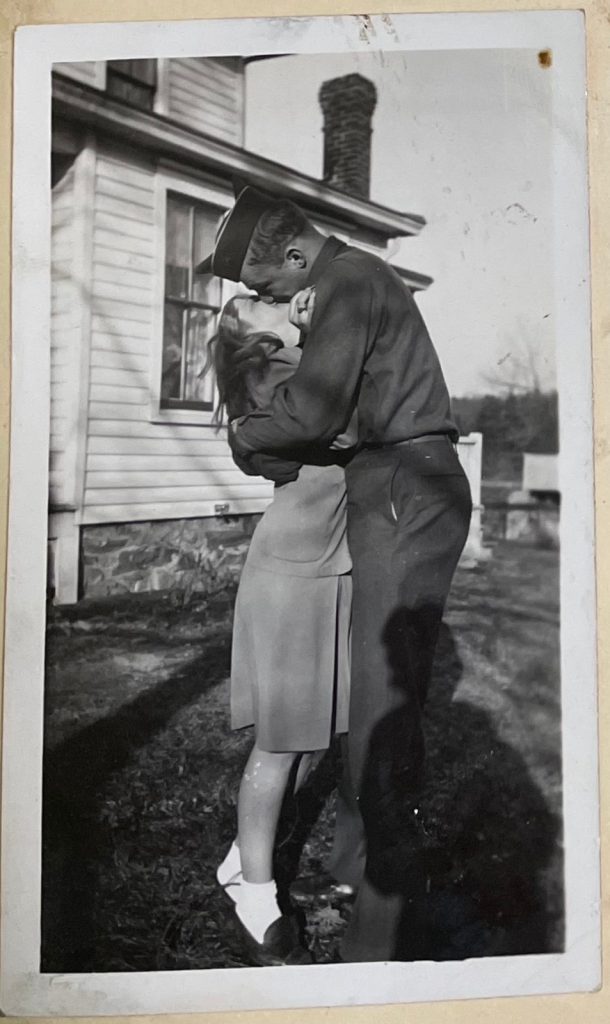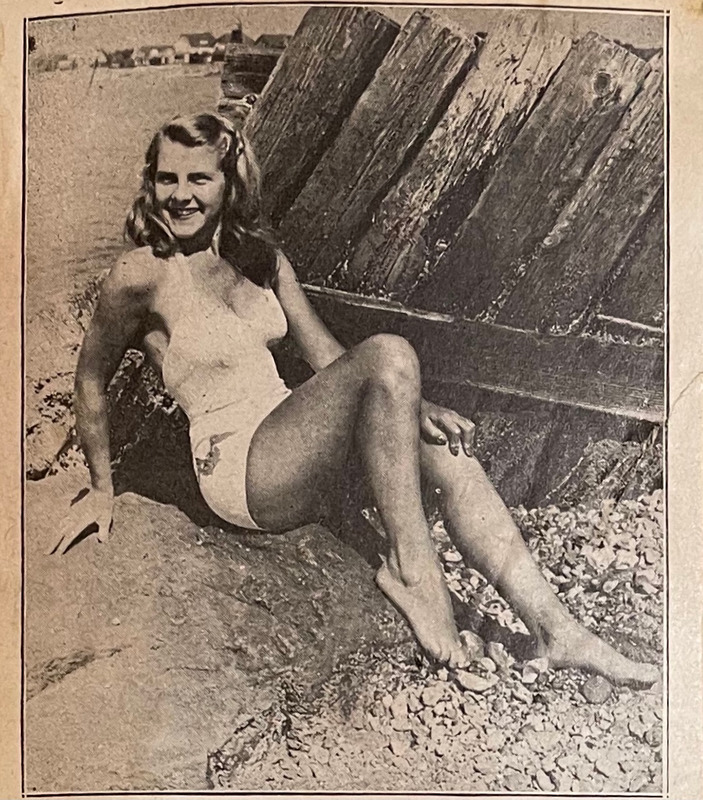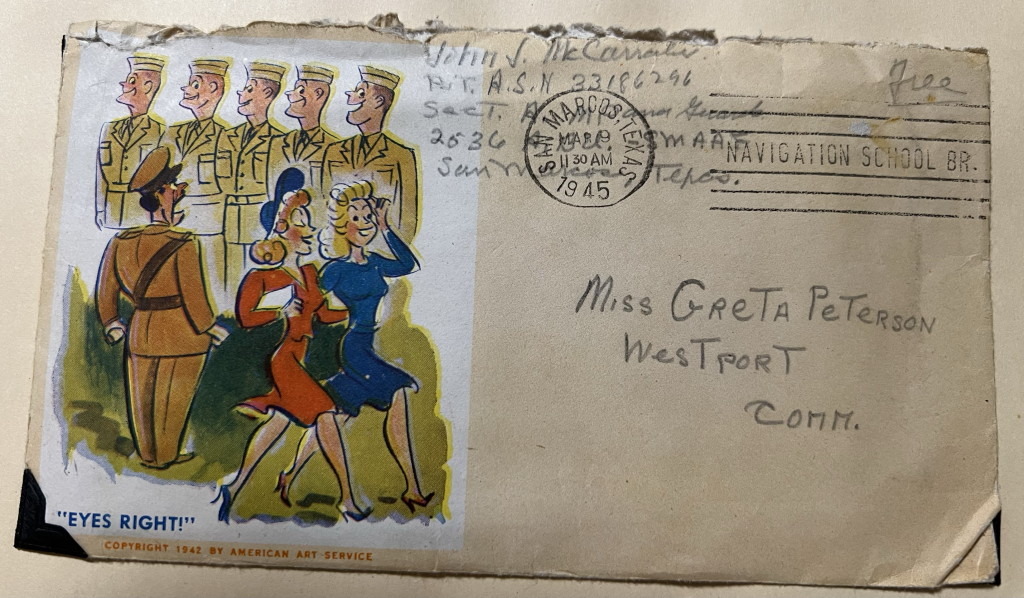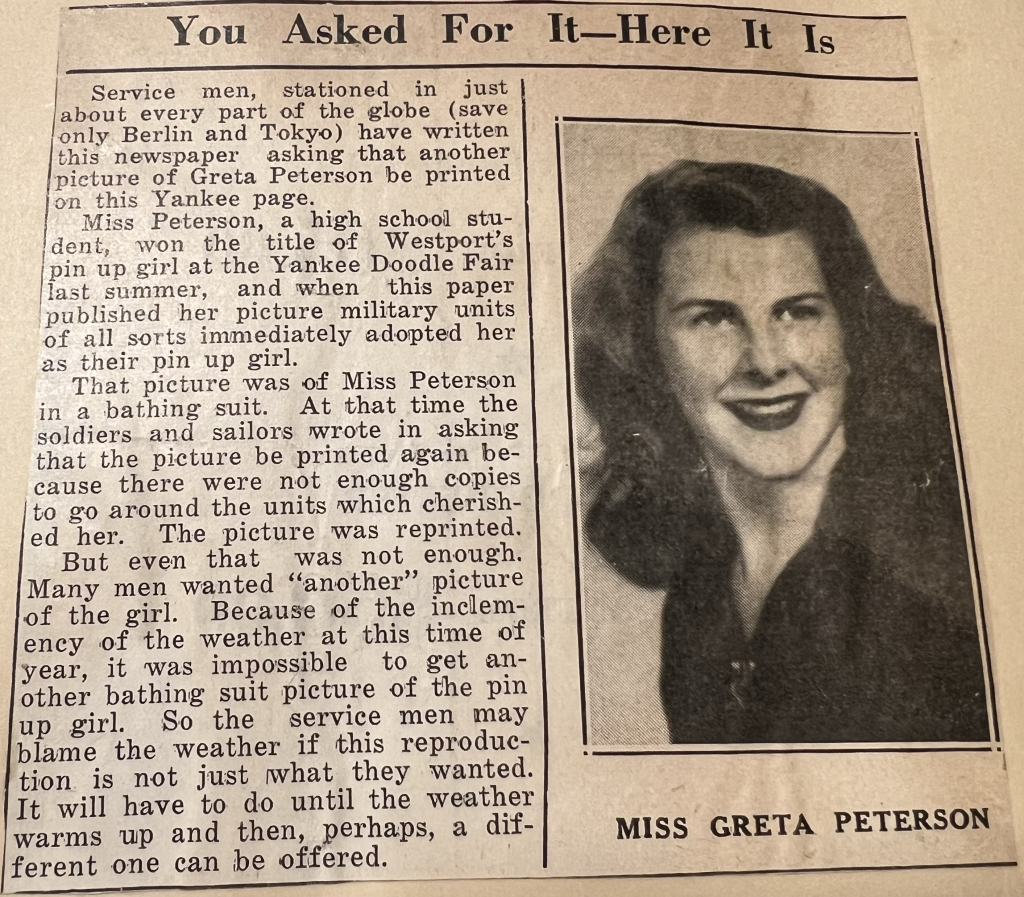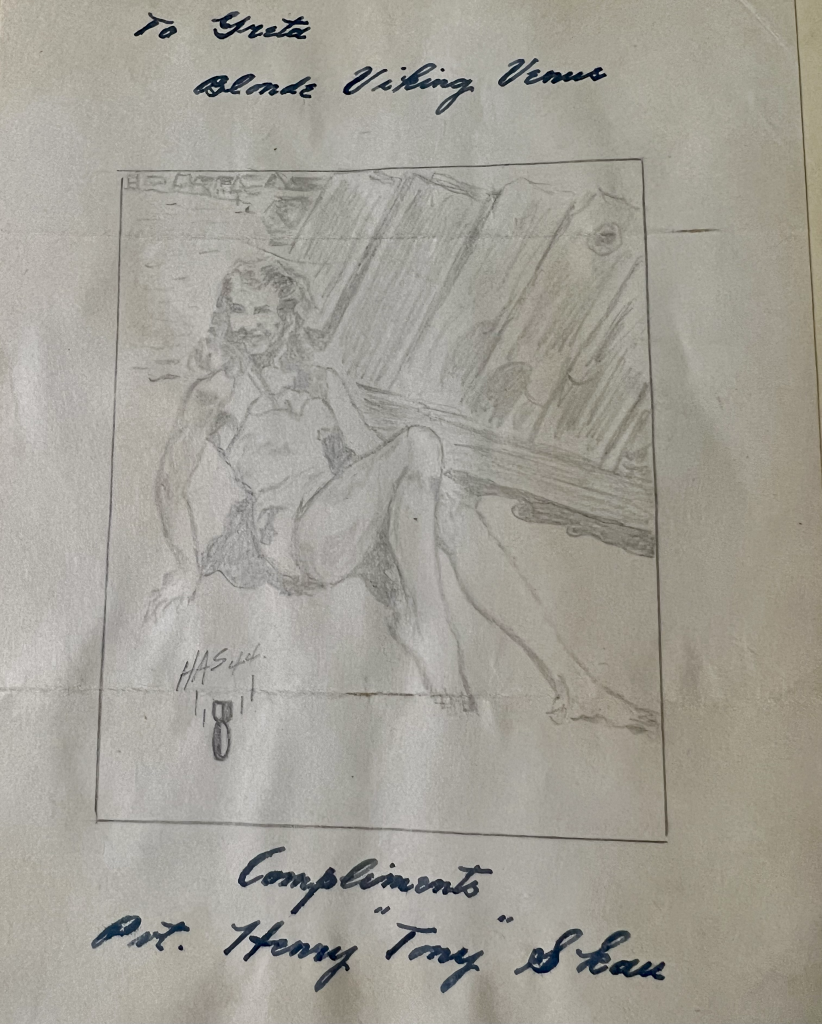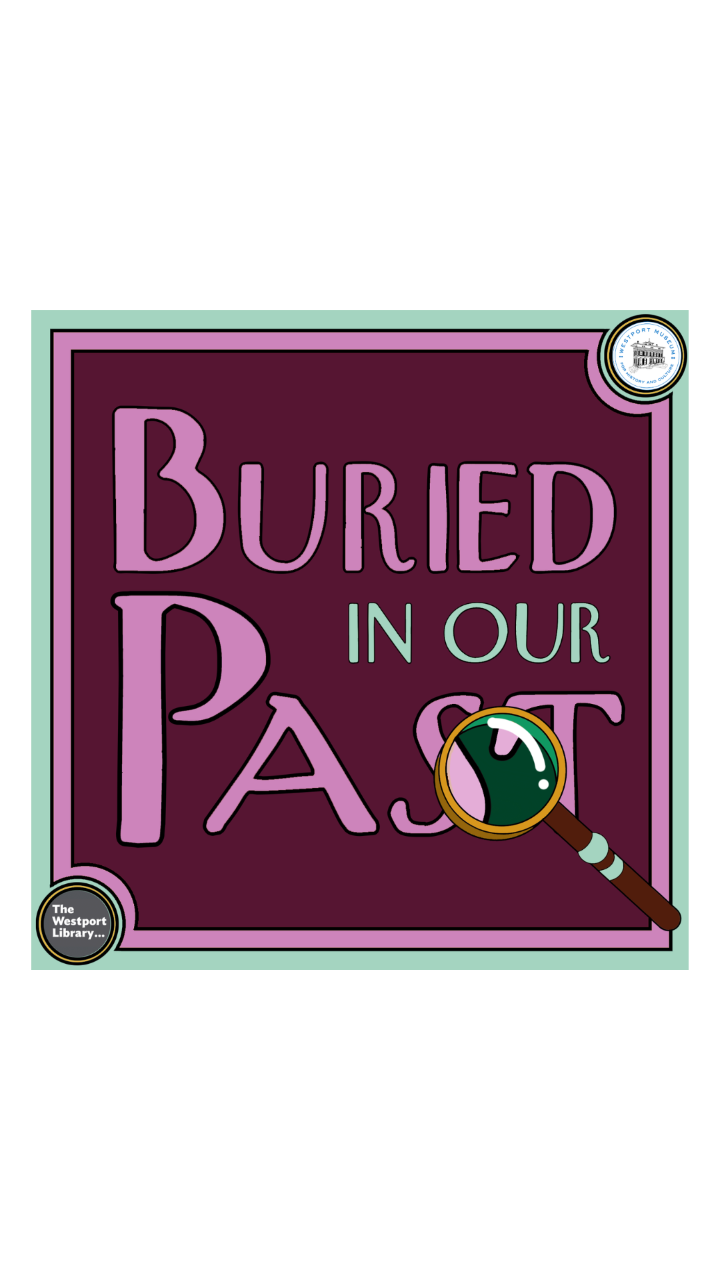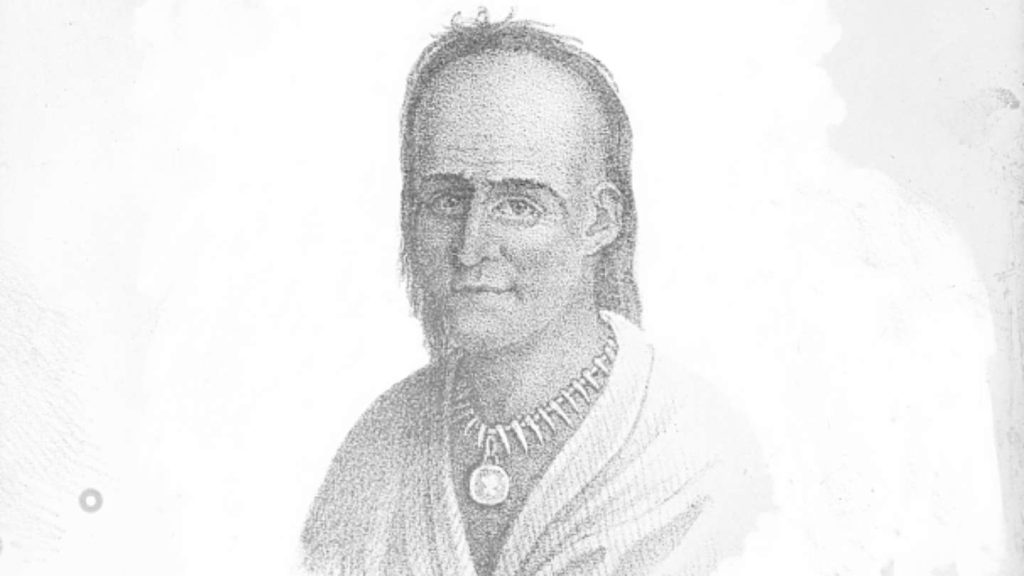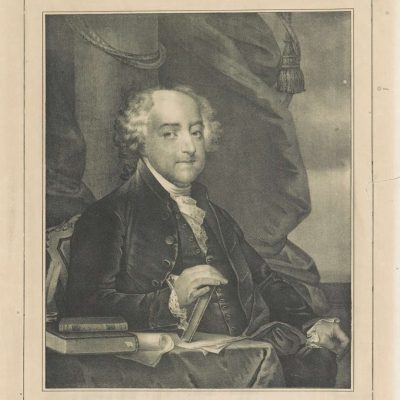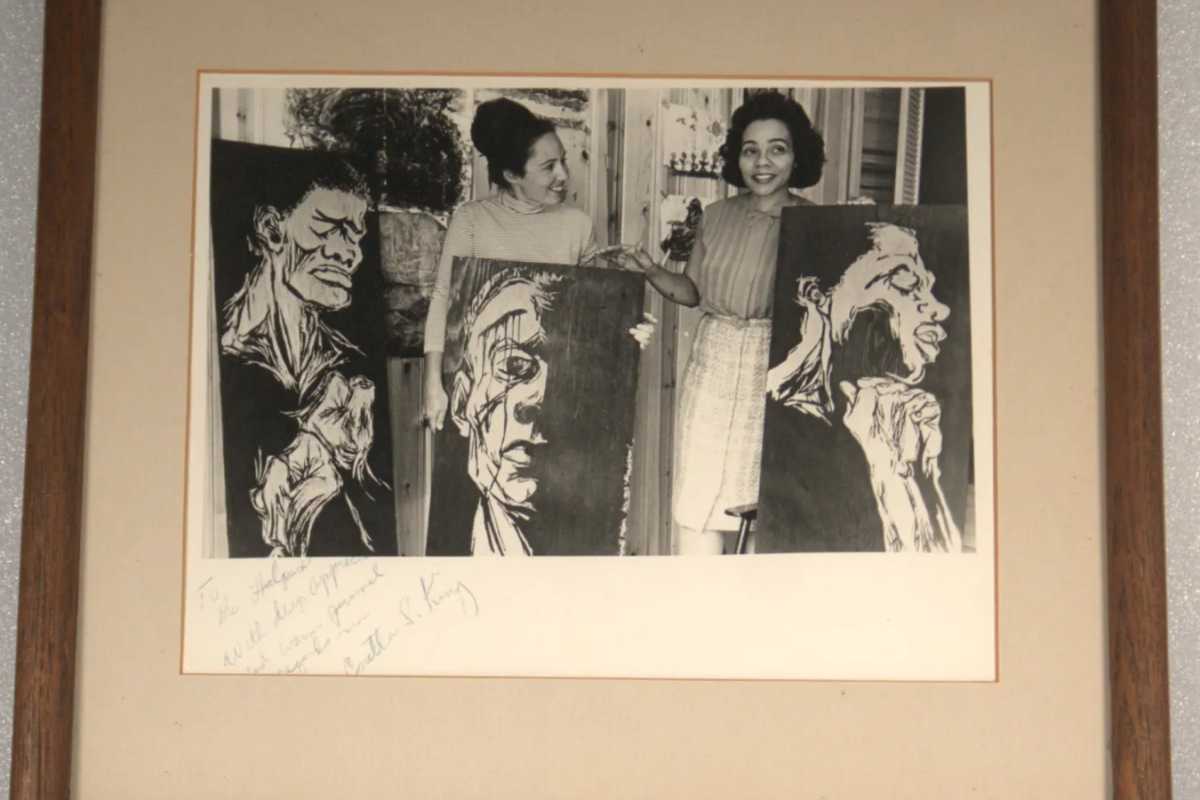In Summer 2023, a new green space will be coming to downtown Westport. Visitors will be able to enjoy lovely grounds, meet friends and simply take a break at Westport Museum’s Revitalized grounds and gardens. Work will begin in December 2022.
The site design was inspired by an archival plan developed by Silvia Erskine Associates in the early 2000’s. Lyonsplain Architecture, Growing Solutions and Fairfield County Engineering advanced the design to further enhance and complement the property and to ensure the walkway system is accessible to all. Growing Solutions’ selection of plantings is deer resistant, incorporates plenty of CT-native and historically significant species, and is attractive throughout the seasons.
The plan includes winding paths through native flower beds and shrubbery that welcomes pollinators. Walkways will be fashioned from the original, antique bluestone pavers that were originally on the property but were removed in 2017 and replaced by engraved and plain bricks. The bricks—purchased by donors as part of a Historical Society fundraiser—will be reset as decorative edging around the new pathways and in other designated areas.
“The garden revitalization is integral to creating a welcoming, beautiful campus anchored by the historic cobblestone barn and the Bradley-Wheeler House,” said Hanna Przada, owner, and lead architect of Lyonsplain Architecture. The firm’s work includes high-end residential as well as commercial and cultural projects. “New plantings, walkways, and benches will vibrantly activate the space to create interest and engagement at the far end of the town.”
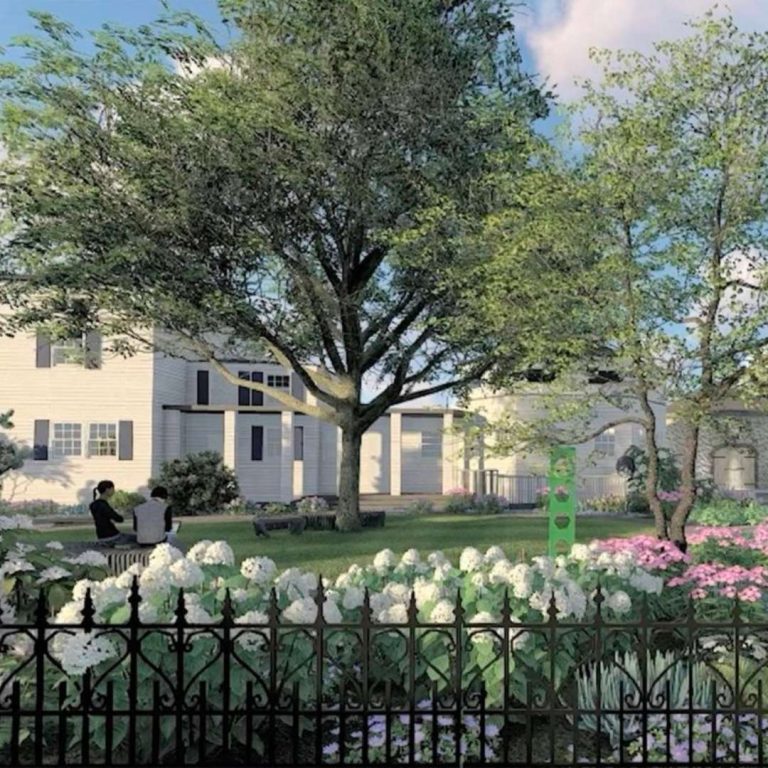
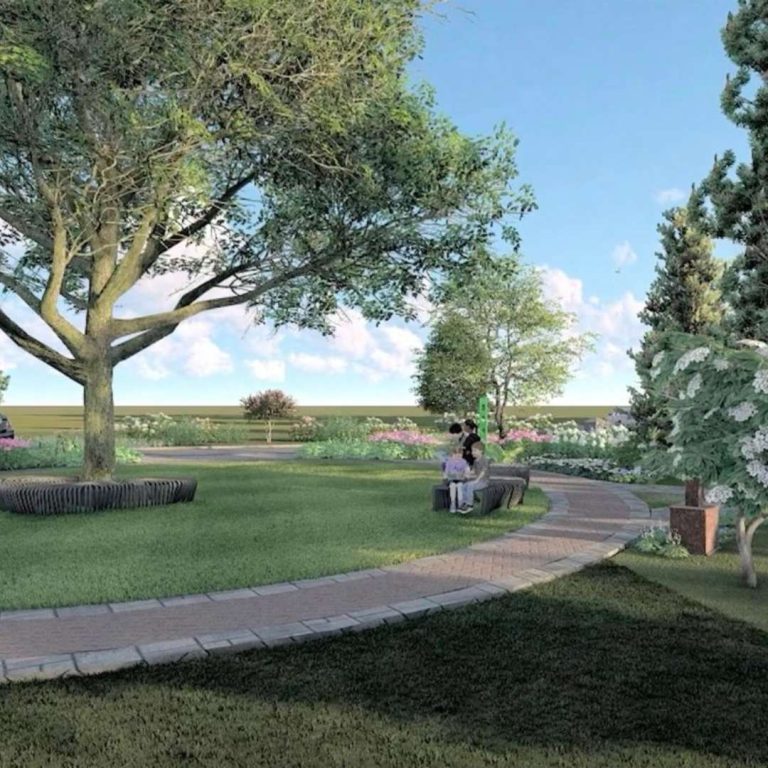
The new garden design is part of a larger project by Lyonsplain Architecture, a woman-owned firm specializing in the cultural design and the restoration and revitalization of historic spaces. Lyonsplain oversaw the heritage restoration of the Museum’s 7-sided Cobblestone Barn, which is the only one of its kind in Connecticut and one of the few in New England. The project included restoration of original windows, replacement lighting, floor and roof replacement, and interior climate conditioning to protect the building from climate-change provoked extremes of heat, cold and moisture that are very different from when the structure was originally built.
“It’s been an honor to direct this important mission to save a building that is unique to the town, state, and the region,” said Przada. “Westport Museum has preserved a treasure for generations to come. It’s a feather in the community’s cap.”
While the Museum is private property and not a town entity the organization looks forward to welcoming the public to enjoy the grounds during open hours. The Museum plans to use the barn and revitalized garden space for Museum programs and as an event venue as well. Rentals will be available for weddings, conferences, photo shoots and other special events.
“The Westport Museum for History & Culture engages the public with innovative and exciting approaches to history. The barn and garden revitalization further that public interaction. These projects have been made possible through the efforts of our Executive Director working with our dedicated donors,” said the Museum’s Chairperson, Darcy Hicks. “Our goal is for people of all ages to linger, talk, make art, read, have meetings, or just sit and enjoy a coffee or a lunch break.”
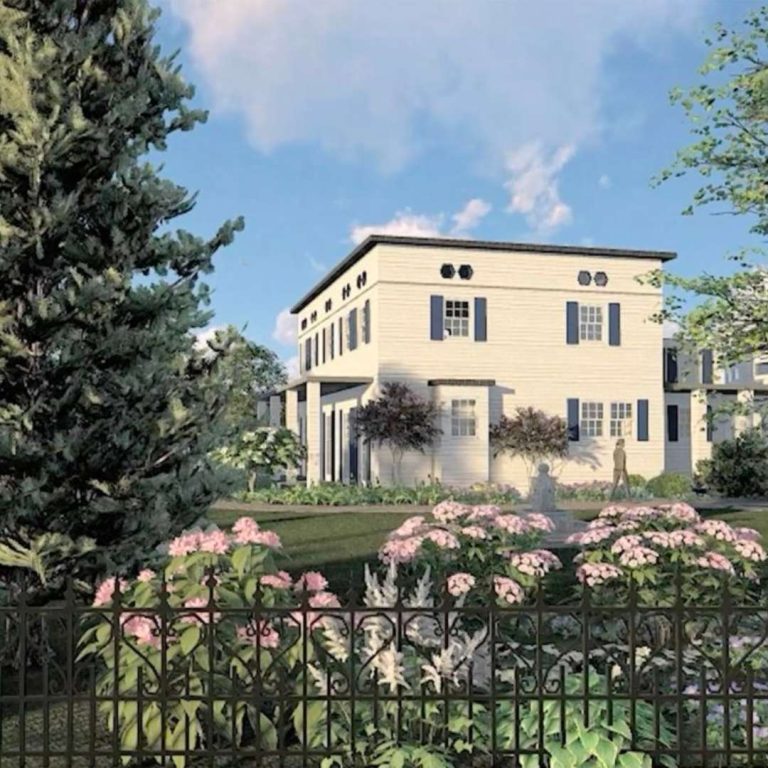
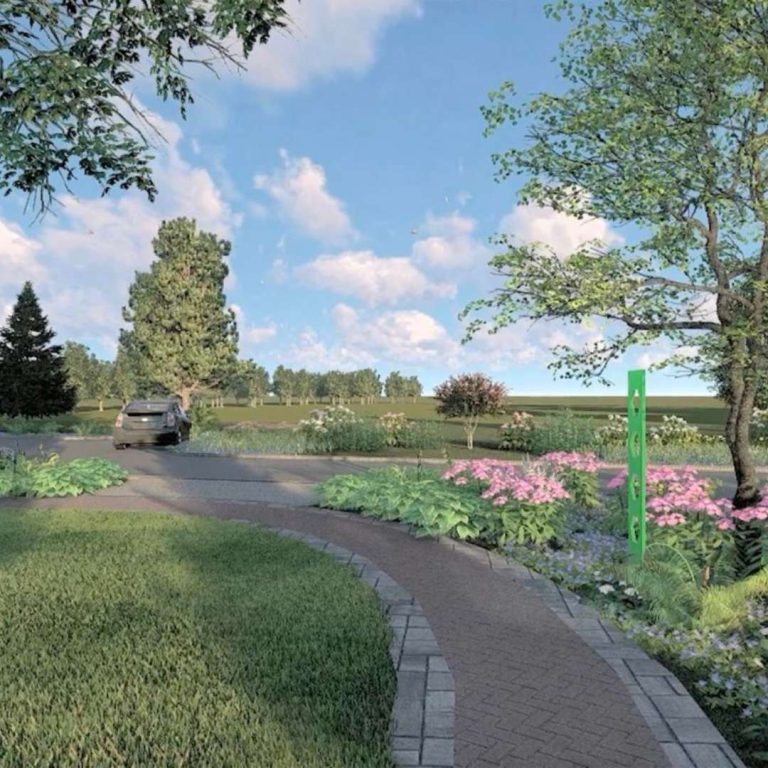
The restoration of the Cobblestone Barn and garden revitalization has been made possible by a generous gift from the Daniel E. Offutt III Charitable Trust. Richard Orenstein, Trustee of the Daniel E. Offutt III Charitable Trust said he was pleased to have delightful open space “smack in the middle of downtown Westport”.
“The Trust is proud to partner with Westport Museum and support its mission of creatively engaging the community in inclusive history and civic discussion,” he said.
There are additional donor opportunities for benches, plantings, and lighting and those interested should contact Jessica DeRosa at jderosa@westporthistory.org. Further plans for the garden improvement project include restoration of the antique iron fence and stone pilasters as well as removal of diseased trees and shrubbery from the grounds.



